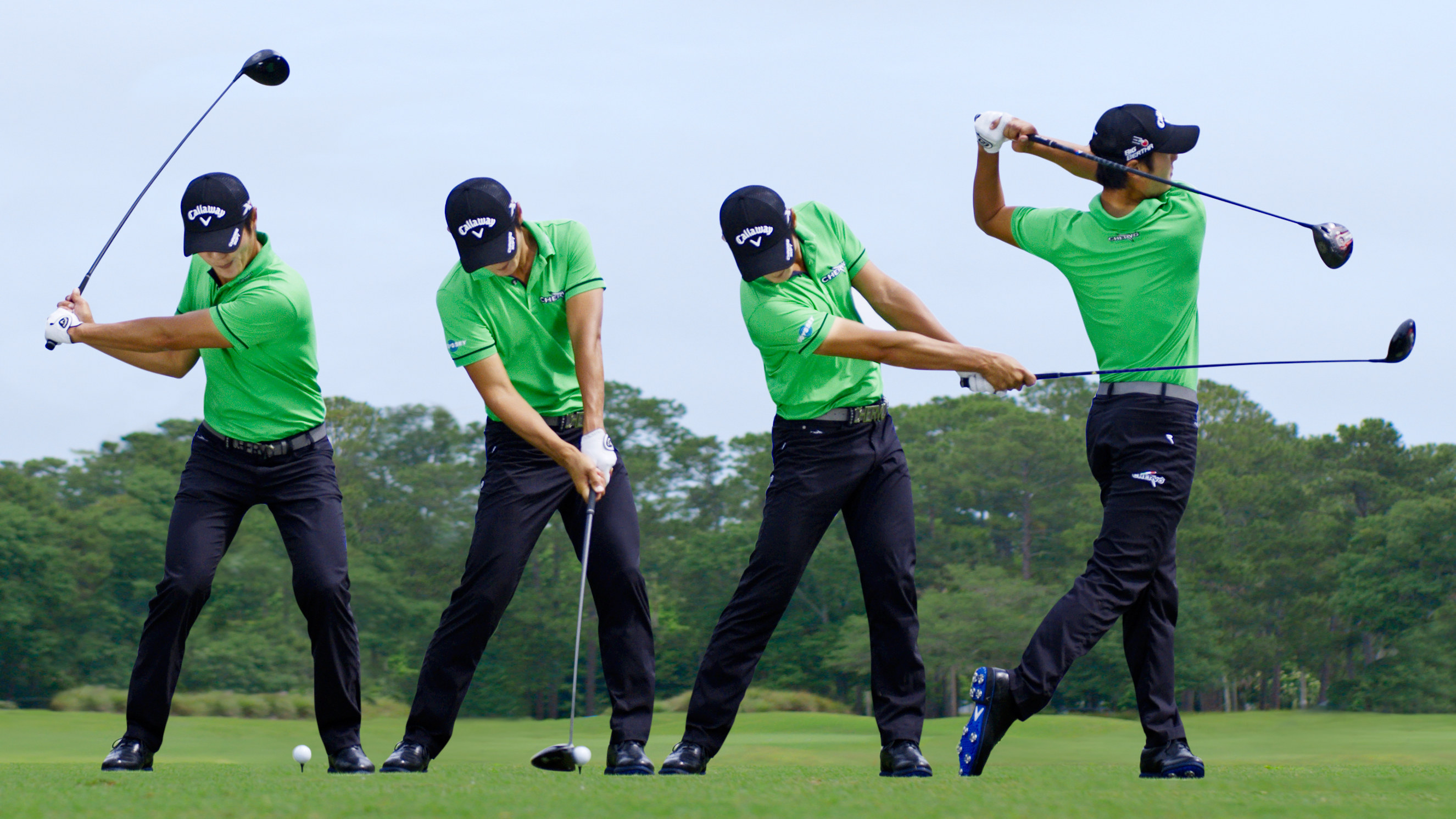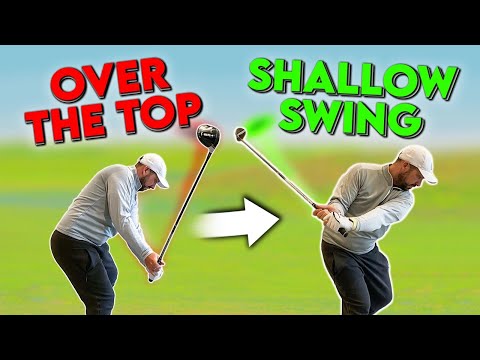
Golfers' tee shots are an important part the game. A wayward shot can derail a par or better round. Tee shots can be difficult to hit, especially on courses with narrow landing areas. However, with the right management techniques, you can hit a better shot and avoid trouble. If you know how to manage your time, you can make the most of a birdie chance.
OB vs. Provisional
Knowing when to use OB or provisional golf balls is crucial to your game. Golfers use provisionals whenever the original ball is out of bounds or lost. It can be time-saving and frustrating to know when you should use one. A golfer can also hit a provisional if they think their ball is OB.
Many golfers miss the mark when they hit a tee shot. This is because they do not know about the OB/provisional rules. Many golfers fail to realize they have lost their balls and don't attempt to hit a pro-visional ball.

The ball should be placed high on the tee.
A golf ball can be placed high or low on the tee. The distance between the tee and the ball will determine how high the tee is. Teeing the ball too high or low can encourage excessive leaning back, which can impact the swing plane. It is best to place your body behind the ball when you contact it. You can hit the ball with either topspin (or backspin) if you set it up correctly.
One of the most frustrating mistakes a golfer can make is topping the ball. This happens when the club isn’t lowered enough towards the ball. This can cause the golf club to catch as it rises. This problem can be fixed by the golfer understanding the root cause.
Toe position:
Many golfers follow the step-by–step method to find the best ball position. This is an important technique for improving accuracy and consistency in your swings. It will be much easier to repeat the motion if the ball is correctly placed. This will allow you to hit more shots with greater accuracy and consistency.
The ball's flight, spin, and flight will often depend on the position of the ball. It will also influence the time it takes for the ball to square the head. You can hit the ball efficiently regardless of whether you are hitting it from a ground or a table.

Swinging a tee shot
There are several different stances you can take when swinging a tee shot. Start with the most comfortable position and adjust it as necessary to ensure you are doing it correctly. This will help you stay relaxed and swing the club properly. A driver is the most common tool used by golfers for tee shots. This club is meant to make the ball go further but can also magnify any shortcomings in your swing.
Tee shots are one of the most crucial shots on the course. You must hit the ball accurately and correctly to score high. To be successful, you will need to learn how to properly swing the tee shot.
FAQ
What is the difference between a bogey and a bogey
A bogey, or bogey, is a number that golfers use as a target. It is not part of the game. Instead, it serves as a scoring system. The player who shoots closest to the number wins the hole.
Jock Utchison, the first professional Scots golfer, came up with the idea for a bogey. He had been playing alone at home when he came up with this idea.
He wanted to keep track his progress so he wrote down a number and stuck it to the wall over his bed. This was known as the "Hutchy Bogey."
How can my game improve?
There are many things you can do to improve your playing ability. One option is to join a golf club. A club lets you play with fellow golfers and can teach you new techniques.
You can also purchase equipment like balls and clubs. These items will allow you to improve your game.
You could also read books about golf. You can also read books about golf to gain a better understanding of the rules and regulations.
What skills do I need to play golf well?
No. All you need are a pair walking shoes, towel, and a couple of clubs.
Statistics
- Buying a set of Titleist or Taylor-Made irons for nearly $1,000 is simply not necessary and likely a waste of money. (golficity.com)
- They do this by means of assessing and rating courses according to the average good score of a "bogey golfer," a player with a handicap of around 20. (en.wikipedia.org)
- Professional golfers typically make between 60% and 70% of greens in regulation. (en.wikipedia.org)
- They do this by means of assessing and rating courses according to the average good score of a "bogey golfer," a player with a handicap of around 20. (en.wikipedia.org)
External Links
How To
How can you play better when the wind blows?
Golf is an outdoor sport played in open spaces and on well-kept grassy fields. It is one of most well-known sports. There are many golf courses around the globe, from public parks to private clubs. Golf is also played indoors, such as at shopping malls and indoor arenas. Each hole has a number of holes where players have to hit the balls. Each hole contains a fairway or rough, a teebox, fairway, rough, hazards, and a green. Players use either a driver, wedge, long iron, or putter, depending upon the type of shot required. Depending on the rules of the course, players may have to carry the ball up to a certain distance before hitting it, or they may only have to drop the ball in the cup. Outdoor golf is different from indoor golf. These conditions include speed, temperature and humidity.
There are two main types of winds: crosswinds and headwinds. Crosswinds blow in the opposite direction to headwinds. If the wind blows towards the golfer, he/she is playing against the wind. However, if the wind blows away from the golfer, he/she will hit with the wind. Golf in strong winds is harder as the ball tends not to travel as far and higher. This makes it difficult for the player to control the trajectory and direction of the ball. Players try to compensate by keeping the club's face parallel to the ground. They strike the ball with maximum force and contact so it is fully in contact with the ground. However, even though the ball flies lower in stronger wind, it travels farther due to increased air resistance.
It takes a lot practice to play golf in wind. As mentioned above, the wind affects the flight path of the ball. The area is affected by wind, so a good golfer needs to know this information. He/She will adjust their swing to match the wind conditions so they can hit the ball straight and without losing energy. The wind's location is another important consideration. Wind does not travel in the same directions. For example, the wind from the ocean tends to be quite light, but it's often stronger near shoreline. The wind blows the closest to the ground, in the same way. The golfer must therefore pay attention to the wind direction as well as intensity.
Golf in the wind is a constant adjustment process. Your swing should be in line with the wind. You must also learn to read wind patterns and adjust your swing accordingly.